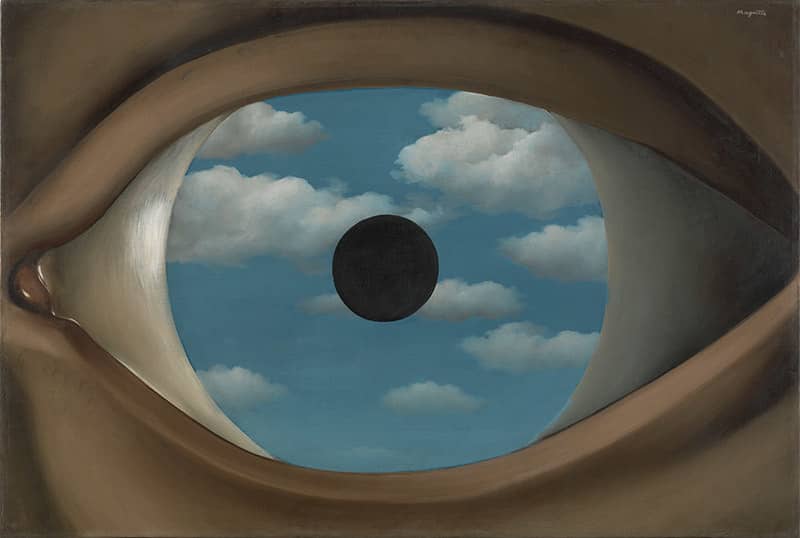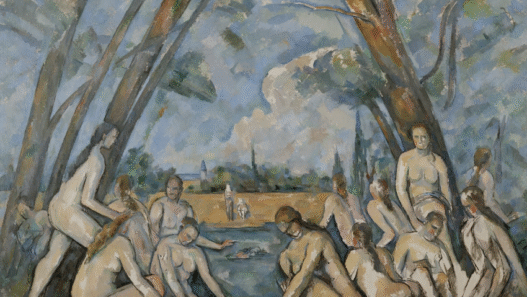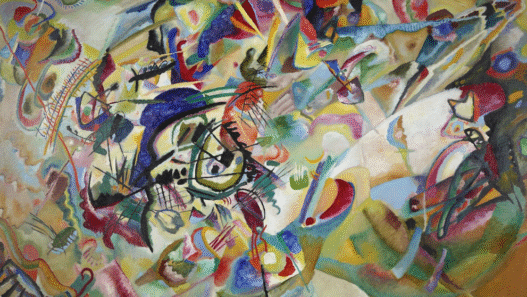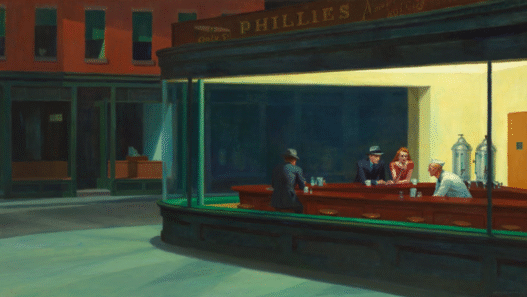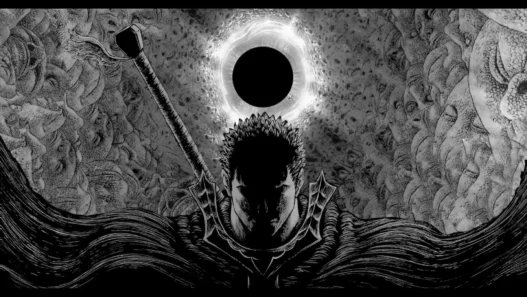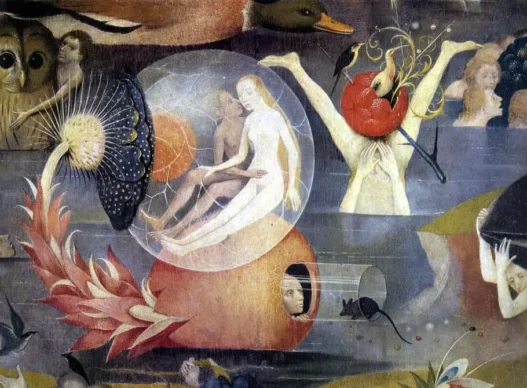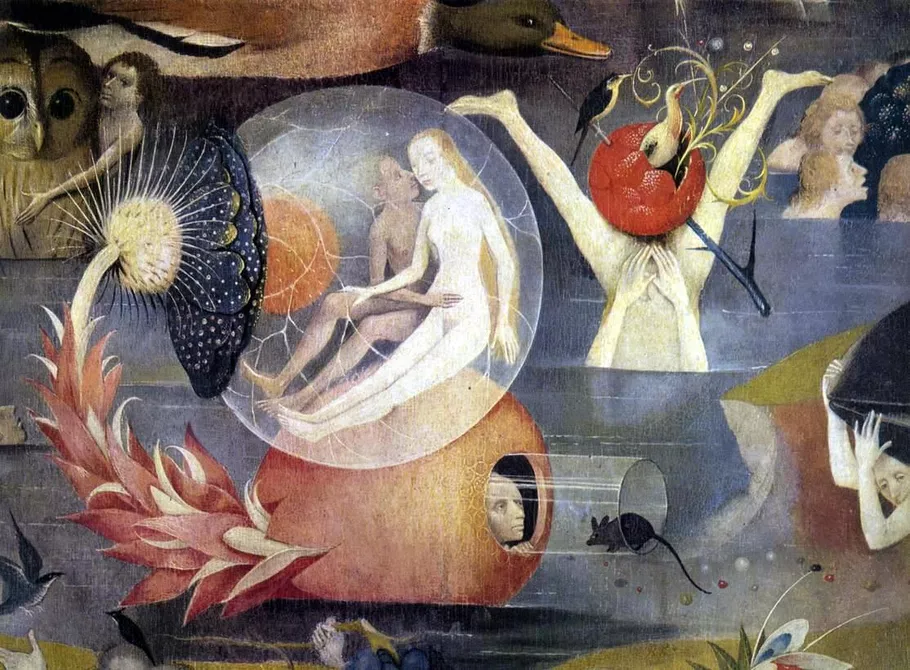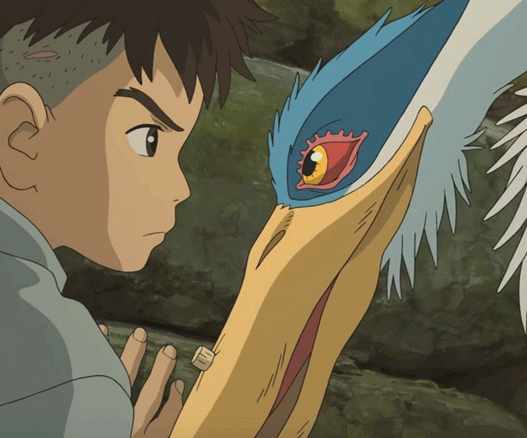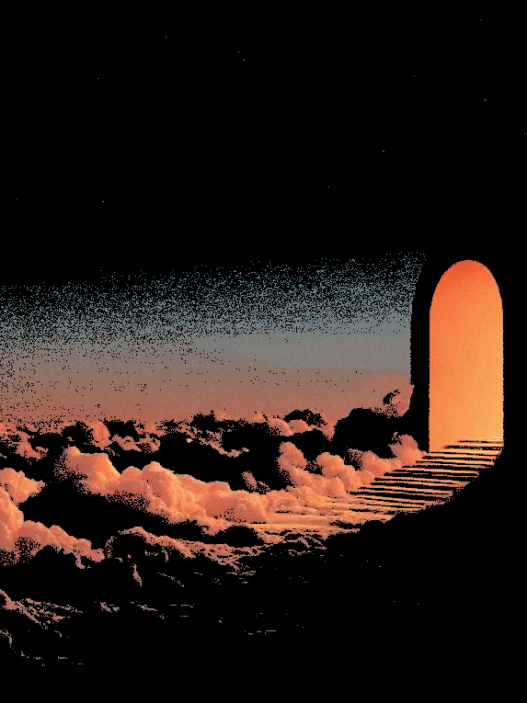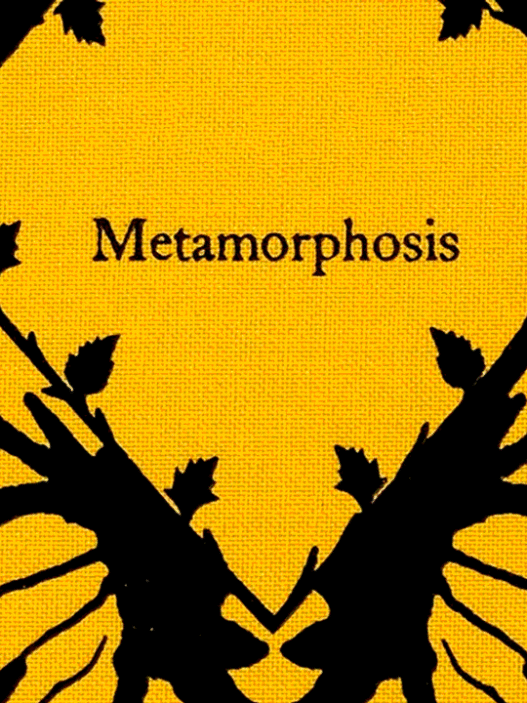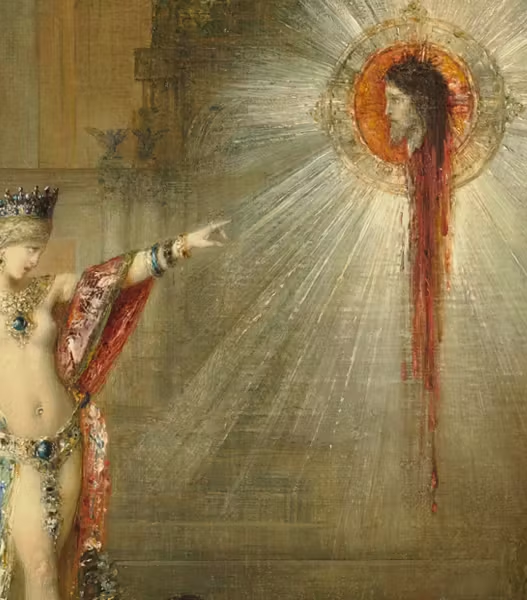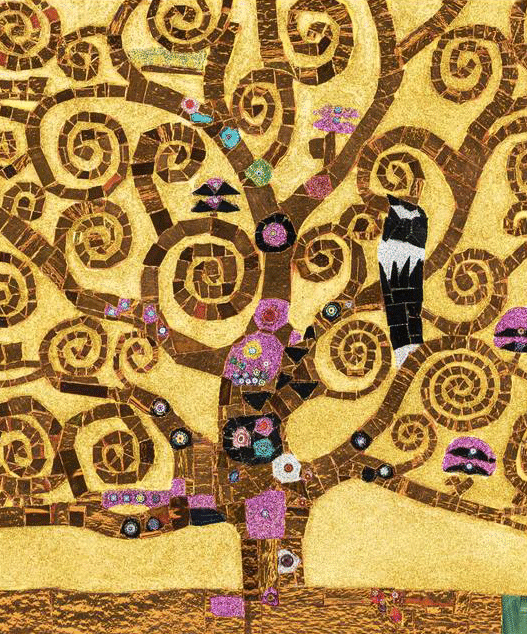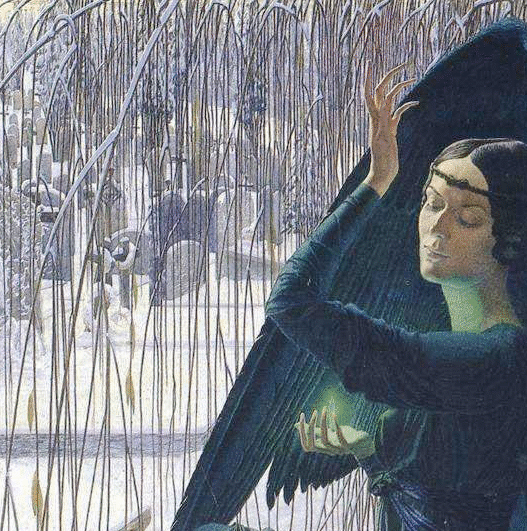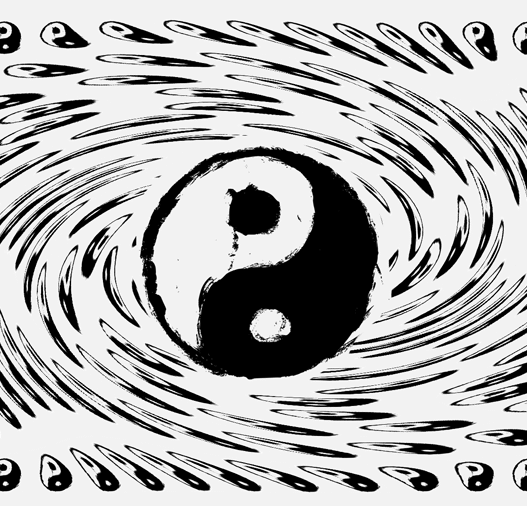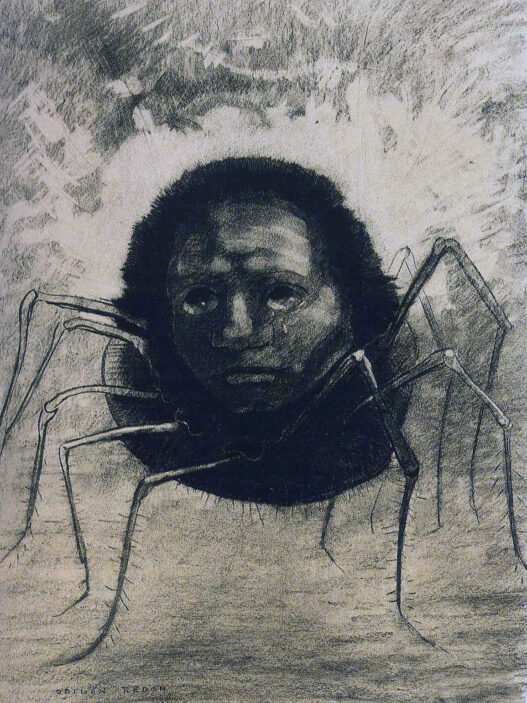Welcome to The Garden of Earthly Delights, a triptych painted by Hieronymus Bosch sometime between 1490 and 1510. A staple in every art history textbook. Clicked. Zoomed. Deconstructed. Reconstructed. Quoted. But never quite questioned in the right ways.
So today, we’re not just interpreting the painting, we’re interrogating it.
Quick Refresher (for those who only remember the strawberry…)
Bosch’s painting is structured in three panels:
Left: The Garden of Eden. Innocence, animals, God introducing Eve to Adam.
Centre: Earthly delights. Naked figures indulging in every pleasure possible.
Right: Hell. A twisted, nightmarish underworld of torment.
A classic morality tale?
Maybe. But what if the centre panel isn’t a warning but a trap?
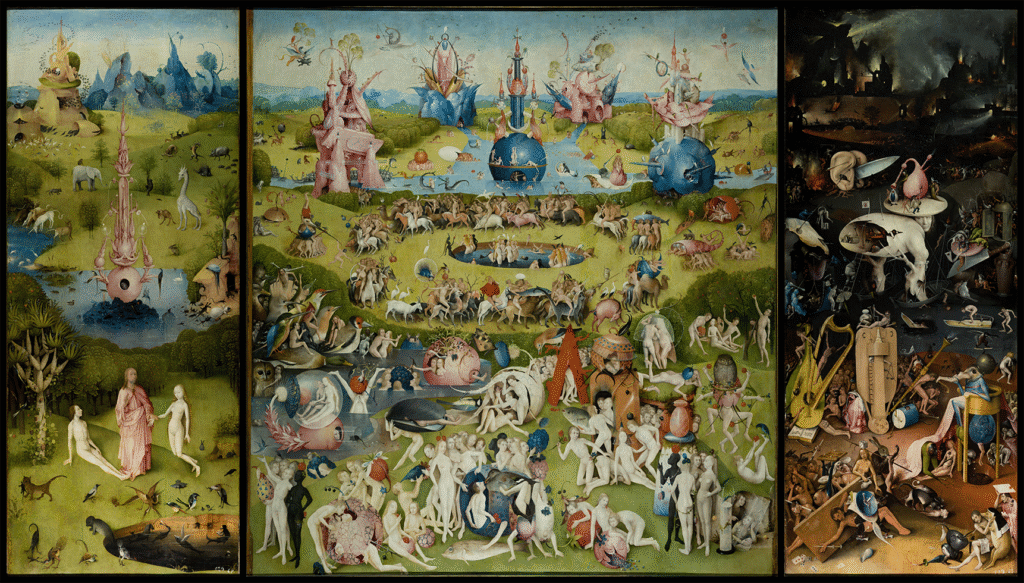
The Centre Cannot Hold: A Utopia Designed to Fail
Most traditional interpretations argue the middle panel is a critique of hedonism. But look again: it’s too beautiful to be simple condemnation.
The fruit is ripe, the bodies are youthful, the animals are mythical. It glows.
What if Bosch is seducing you?
What if the centre panel is designed to hold your gaze, to make you complicit in the very desires it pretends to warn against?
Symbolism twist: The oversized fruits (often seen as symbols of lust) are rotting in plain sight. Beauty is already collapsing. It’s paradise with an expiry date.
Poetry
We watch in awe
as birds, black and sharp as blades,
spiral through the oculus of the tower,
a swirling swarm set to slice
the world to ribbons. We gasp as the opening
stretches, allowing more and more
of the birds in, a tide too great
to dam. It looks like an eye, we say,
watching the black bodies of the birds
pour through the hole — too much like
a pupil bursting, overcome
by all it has witnessed and cannot unsee.
The eye stares down at us, seeping
a flock of winged tears, and we stare back,
our own eyes wide and itchy. We feel
something on the inside, something scratching —
and we want to slide our lids closed
like a door. But we dare not. What
might be released when we open them again?
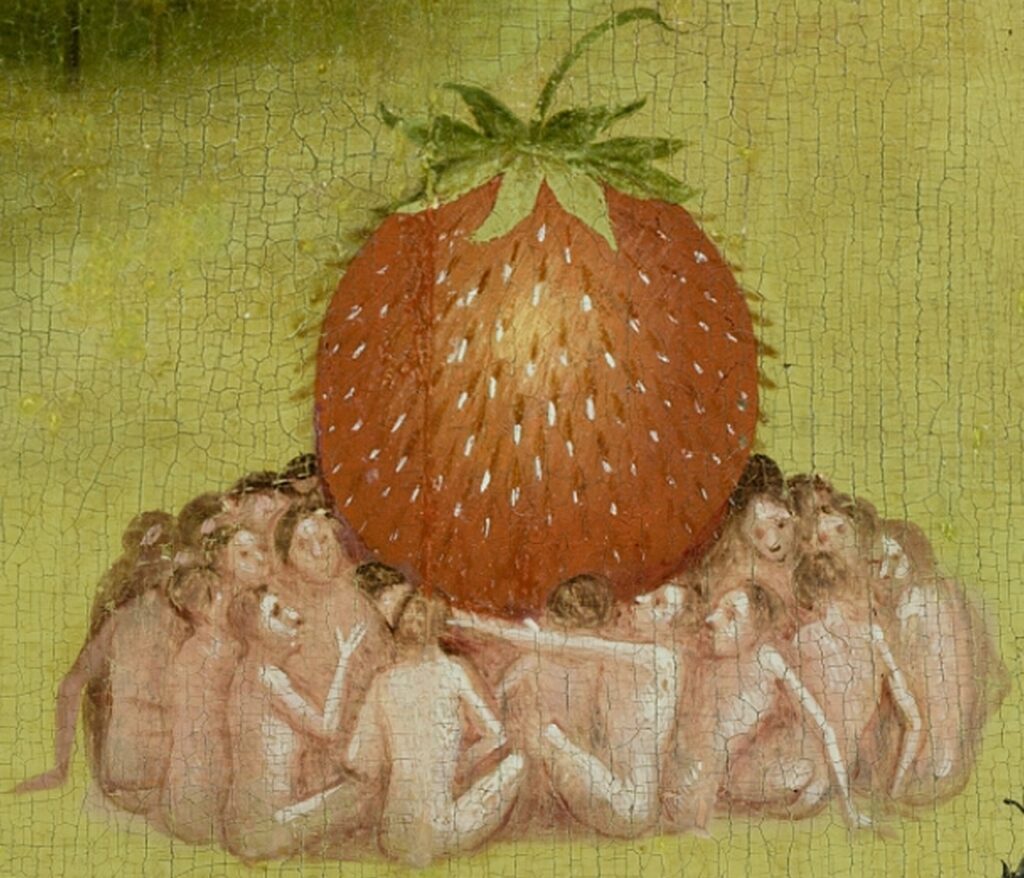
Reading Between the Animals
Bosch fills his panels with bizarre animals. Traditional readings assign them symbolic meanings: owls as knowledge or deception, fish as Christ or transformation. But in this centre panel, they’re not sacred, they’re watching.
Think surveillance. Think perversion. Think nature gone feral.
Are the animals judging the humans? Or have they absorbed their madness?
Hell Is Familiar
The right panel is horrifying, but not alien. It’s recognisable. Musical instruments turned into torture devices. Creatures with human eyes. A burning city.
It’s the world we saw in the centre, just…unmasked.
Pleasure without responsibility becomes pain. The symbolism is not subtle. But it’s also not final. Hell isn’t a punishment, it’s a natural progression. That’s the real horror.
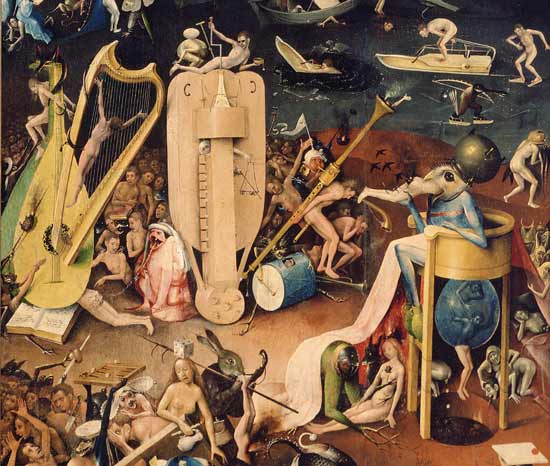
A Mirror, Not a Map
Many people search Bosch’s triptych for guidance. But maybe it’s not a map to salvation, it’s a mirror.
It reflects a cycle: desire, indulgence, consequence. Repeat.
The symbolism of earthly delights is not about warning us to resist pleasure. It’s warning us to understand it, or be devoured by it.
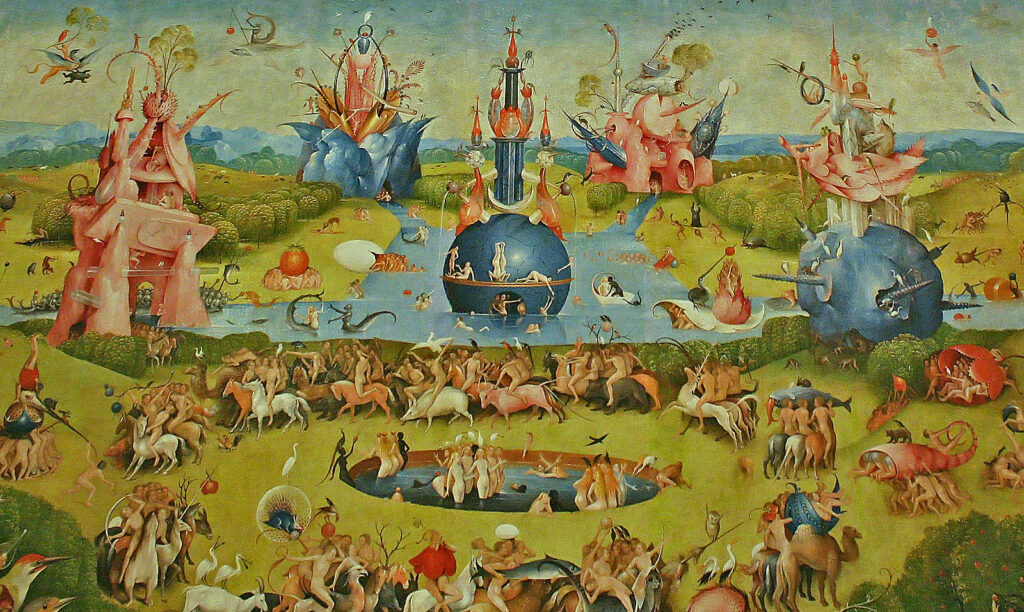
DR for the Scrollers:
The middle panel might not be a moral warning…it might be a trap.
Beauty, in Bosch’s hands, is suspicious.
Symbolism is weaponised, not decorative.
Hell isn’t the ending. It’s the unveiling.
Next time you look at The Garden of Earthly Delights, ask yourself: who’s really in control. You. or the painting?
The Garden of Earthly Delights, the renowned triptych by Hieronymus Bosch, is permanently housed at the Museo del Prado in Madrid, Spain. This masterpiece has been part of the museum’s collection since 1939 and is displayed in Room 056A.
